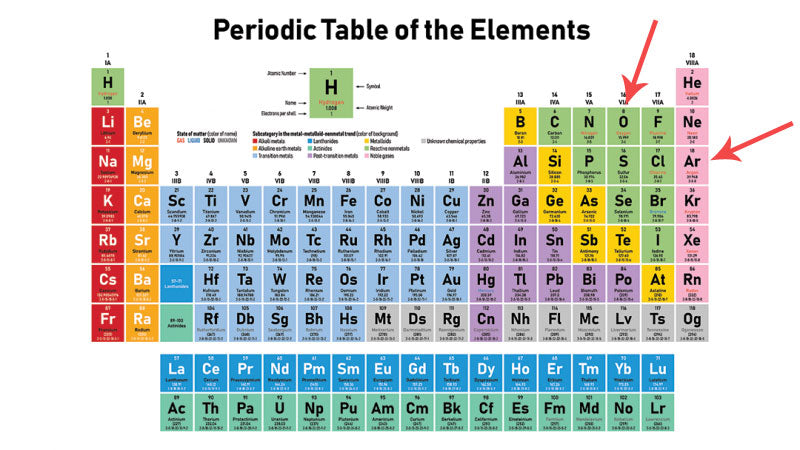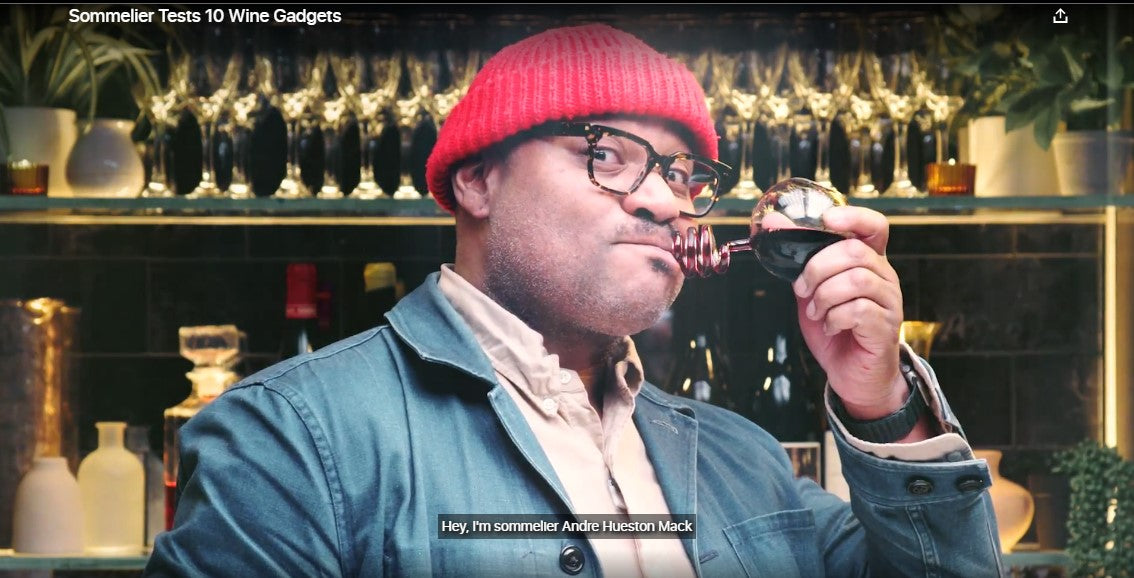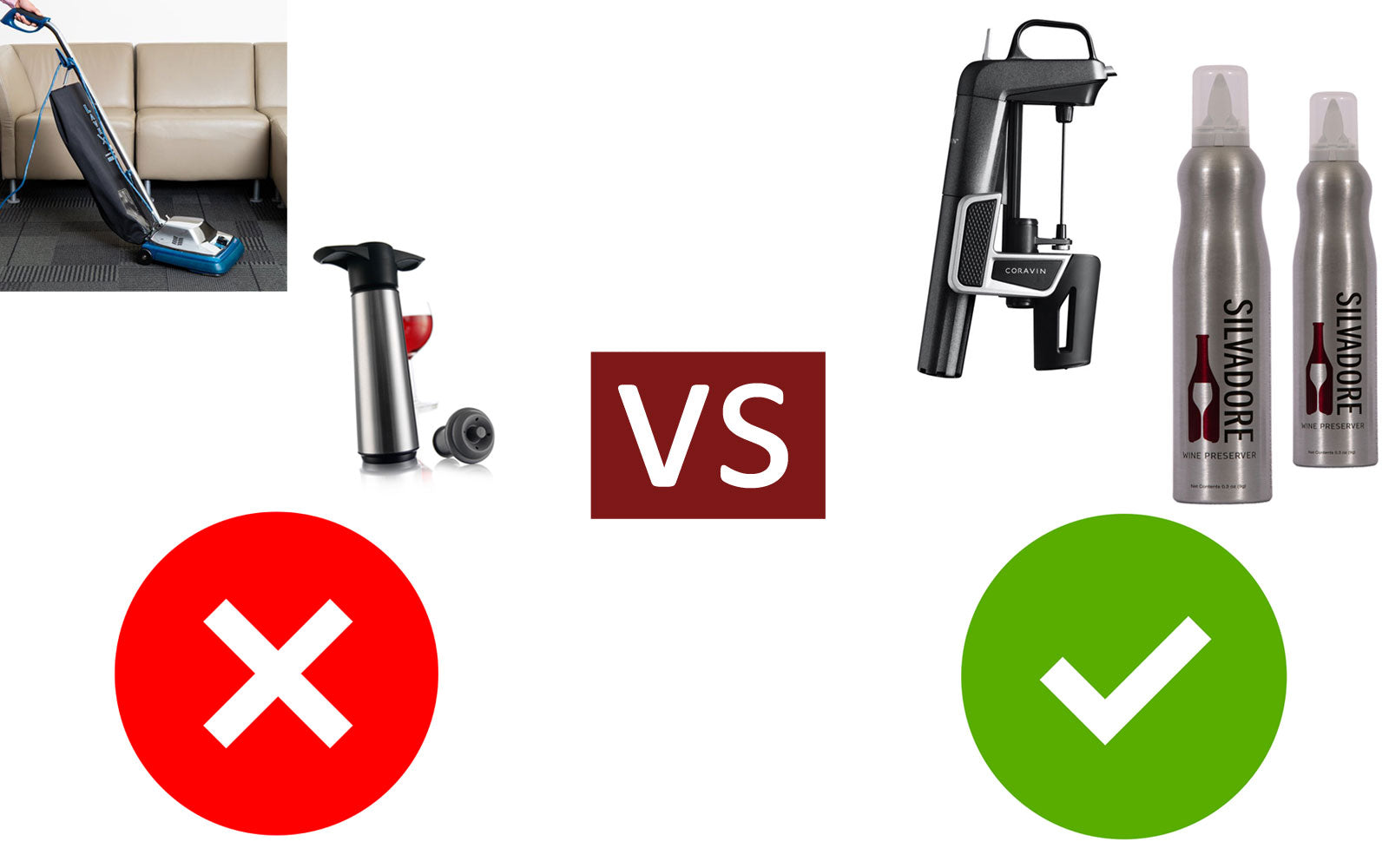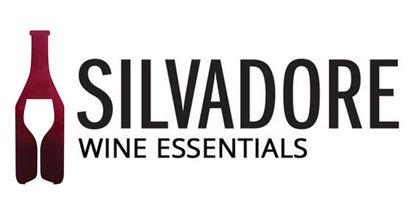Your Cart is Empty
get free shipping on orders over $50!
get free shipping on orders over $50!
Add description, images, menus and links to your mega menu
A column with no settings can be used as a spacer
Link to your collections, sales and even external links
Add up to five columns
Add description, images, menus and links to your mega menu
A column with no settings can be used as a spacer
Link to your collections, sales and even external links
Add up to five columns

Why 100% Argon is the Best Wine Preserver for Home
Last Edited: October 12, 2021
The development of wine preservation over the past 15 years has leaned heavily toward argon as the preferred method for keeping open bottles of wine tasting fresh. This is evident with the more recent experience and product development of effective methods using Argon, including Coravin, Napa Technologies, and several brands of cans containing 100% argon (including Silvadore).
Argon has been used for many years by winemakers as a preservative for wines in storage, and is the preservation technology behind most larger institutional sized preservation systems.

The Science Behind Argon Wine Preservers
The science supports argon based preservation methods. How? Because using Argon to preserve wine is effective based on a combination of chemistry and physics.
- Chemistry - Argon is an inert gas. Because it is inert, it does not and actually can not interact with the wine. It is colorless, tasteless, odorless, and harmless. Argon is in the air we breathe. Remember your high school chemistry class? (sorry to bring it up). If you recall the elemental table - that funny looking this that lists all the elements, including their specific weights - you can find both oxygen and argon. Look at Argon's atomic number/weight (18/39.95), and you'll see it's heavier than Oxygen (8/15.99). So what, you say? Well, since Argon is heavier than air, when you spray argon into the neck of your open bottle of wine, the Argon settles down and forms a protective layer on top of the wine. Think of a cool mist layer sitting on top of your favorite lake. Serene, pretty, and relaxing... This is what the argon is doing.

- Physics - Heavier gas will displace the lighter gas, therefore the argon displaces the oxygen on top of the wine by creating a barrier between the wine and oxygen. As we noted in our “Why Do Open Bottles of Wine Go Bad” blog, oxygen is what causes the wine flavor to change (steadily deteriorating the wine). Oxygen is constantly “working” on the wine (i.e. like an apple starts turning brown after you cut it), and it becomes noticeable when you taste the difference. Some people notice the flavor change sooner rather than later, and some wines are very sensitive and change quickly while others take a little longer for oxidation to occur and be noticed.
3 Different Types of Wine Preservers that Use 100% Argon
There are three different types or forms of wine preservers that use argon to create a barrier between the air and the surface of the wine, preventing the wine from oxidizing. The 3 types of preservers include:- Wine Preservation Systems. Self contained cabinets and/or piped enclosures that completely isolate the gas inside the bottle of wine from the outside world. These wine preservation systems can be very effective, but they are also typically very expensive. Smaller units are usually around $3,000 or more, with costs to preserve an open bottle of wine reaching as high as $7 (when factoring in expense of the cabinet). Typical brand names include Napa Technologies and Enomatic.
- Wine Preservation Devices. A device that sits on top of the bottle, or is inserted into the bottle. If they use 100% Argon and not a less expensive mix of gases, these can be very effective preservation tools. Although not nearly as expensive as a cabinet system, these devices still cost $300+ and require consumable cartridges of around $10 per cartridge. The cost to save an open bottle of wine is typically over $1 per bottle. Typical brands in this category include the popular Coravin, as well as others like Plum and Pek.
- Canister Wine Preservers. These wine preservers deliver 100% argon directly into the open bottle of wine. The (typically) aluminum cans are recyclable and very low cost. Canister based wine preservers don't require any expensive or installed equipment, don't rely on an awkward bottle top device, and make preserving a bottle of wine at home super easy, economical, and environmentally friendly. Typical brands include ArT, VineyardFresh, and our own Silvadore Wine Preserver. With canisters, the cost to save a bottle of wine is under $0.30. A no brainer.
In all the three methods above, the basis for valid and reliable wine preservation is the use of 100% Argon.
We tell all our customers: use 100% Argon to preserve your wine. Whether you chose to use a system like Napa Tech, or a beautiful device like Coravin, or a simple and cost effective canister like Silvadore - just be sure you're using 100% Argon to keep your wine fresh and make your wine experience better.

Try the 100% Argon Silvadore Wine Preserver and Get 10% Off
We want you to try using a 100% Argon wine preserver to make your wine experience better. As a first time buyer, place your order for Silvadore Wine Preserver today and use the coupon code TRYME to get 10% off your order! Just click the image below to go to the product page:
Or, if you're a Prime Member and insist on buying on Amazon, that's ok too. Here's a link to the Silvadore Wine Preserver on Amazon:
Leave a comment
Comments will be approved before showing up.
Also in Better Wine Experiences At Home

Fun Video: Sommelier Tests 10 Wine Gadgets - from Bon Appetit
April 17, 2023
Fun and engaging video from a Sommelier / Bon Appetit, taking 10 Wine Gadgets to the woodshed to find out how legit - or not - they are...
Read More
Why Use a Wine Preserver At Home?
March 21, 2023
You don't have to be a wine expert - or spend a lot of money - to enjoy better tasting wine at home. Learn why you should use a wine preserver at home to get tons of great benefits. Find out more...
Read More
Vacuum Pumps Suck - by Design and Poor Science
March 21, 2023
If you want to preserve the fresh taste of your open bottle of wine for another day, don't suck. Create a 100% argon barrier to stop the oxidation, and place your bottle in a cool and dark place. Just don't trust the "click"...
Read More Silvadore - A Better Wine Experience
Consumers buy and enjoy better tasting wine. Wine businesses sell more and better quality wine. Silvadore enables both to serve and enjoy A Better Wine Experience.




